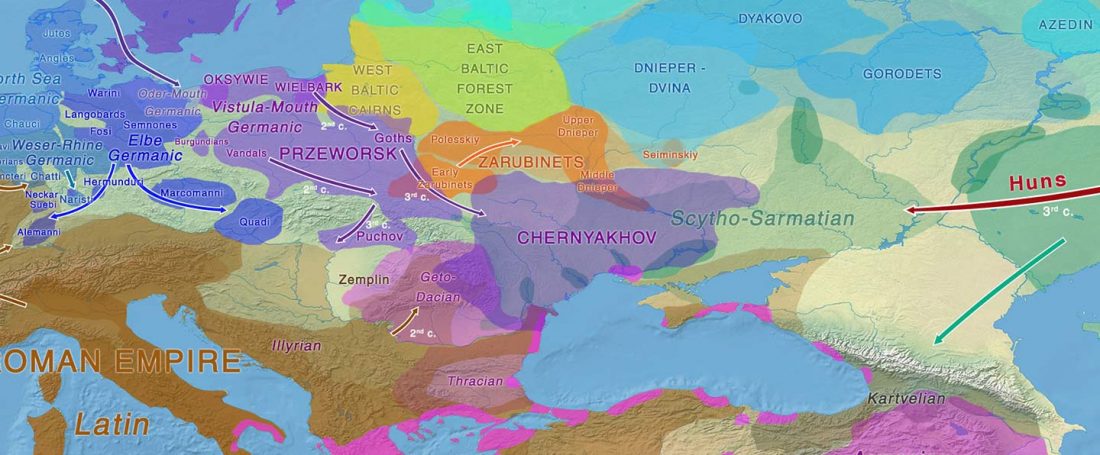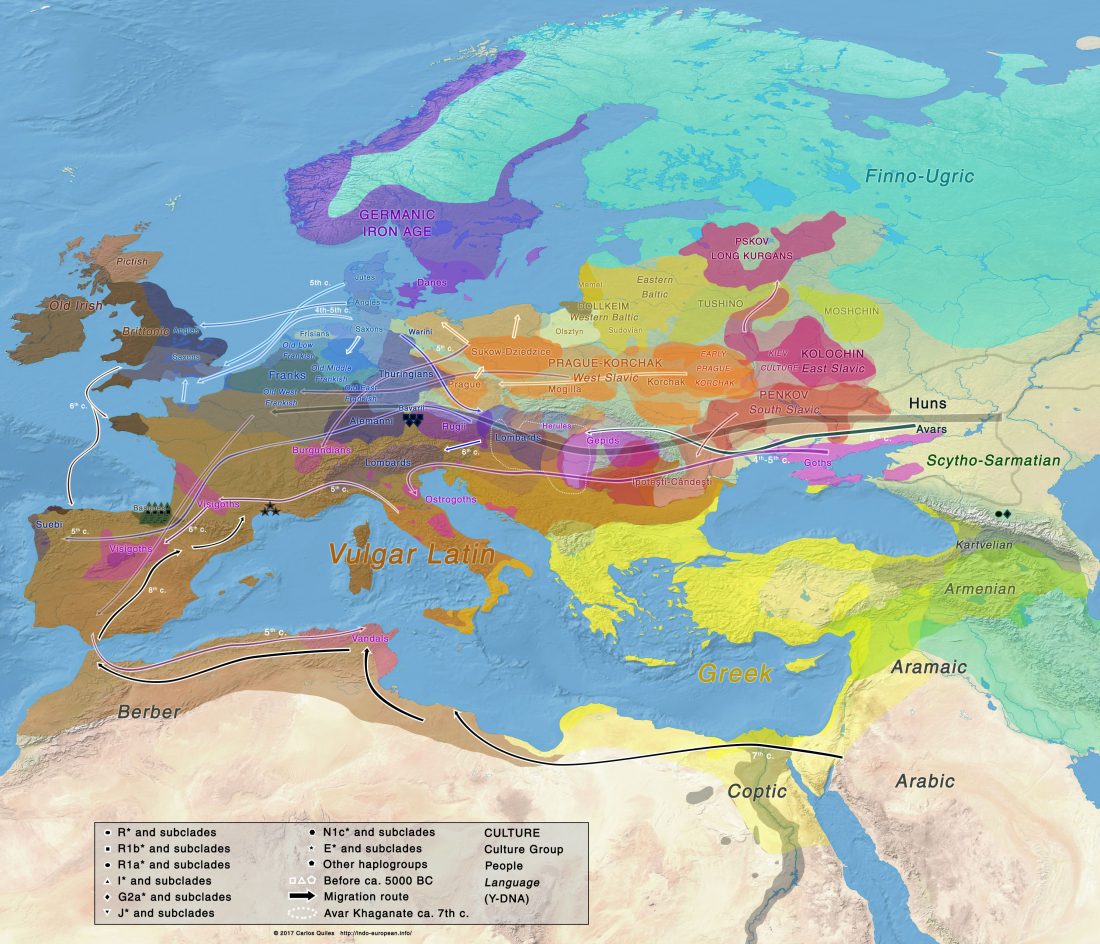Florin Curta has published online his draft for Eastern Europe in the Middle Ages (500-1300), Brill’s Companions to European History, Vol. 10 (2019), apparently due to appear in June.
Some interesting excerpts, relevant for the latest papers (emphasis mine):
The Archaeology of the Early Slavs
… Read the rest “Common Slavs from the Lower Danube, expanding with haplogroup E1b-V13?”(…) One of the most egregious problems with the current model of the Slavic migration is that it is not at all clear where it started. There is in fact no agreement as to the exact location of the primitive homeland of the Slavs, if there ever was one. The idea of tracing

